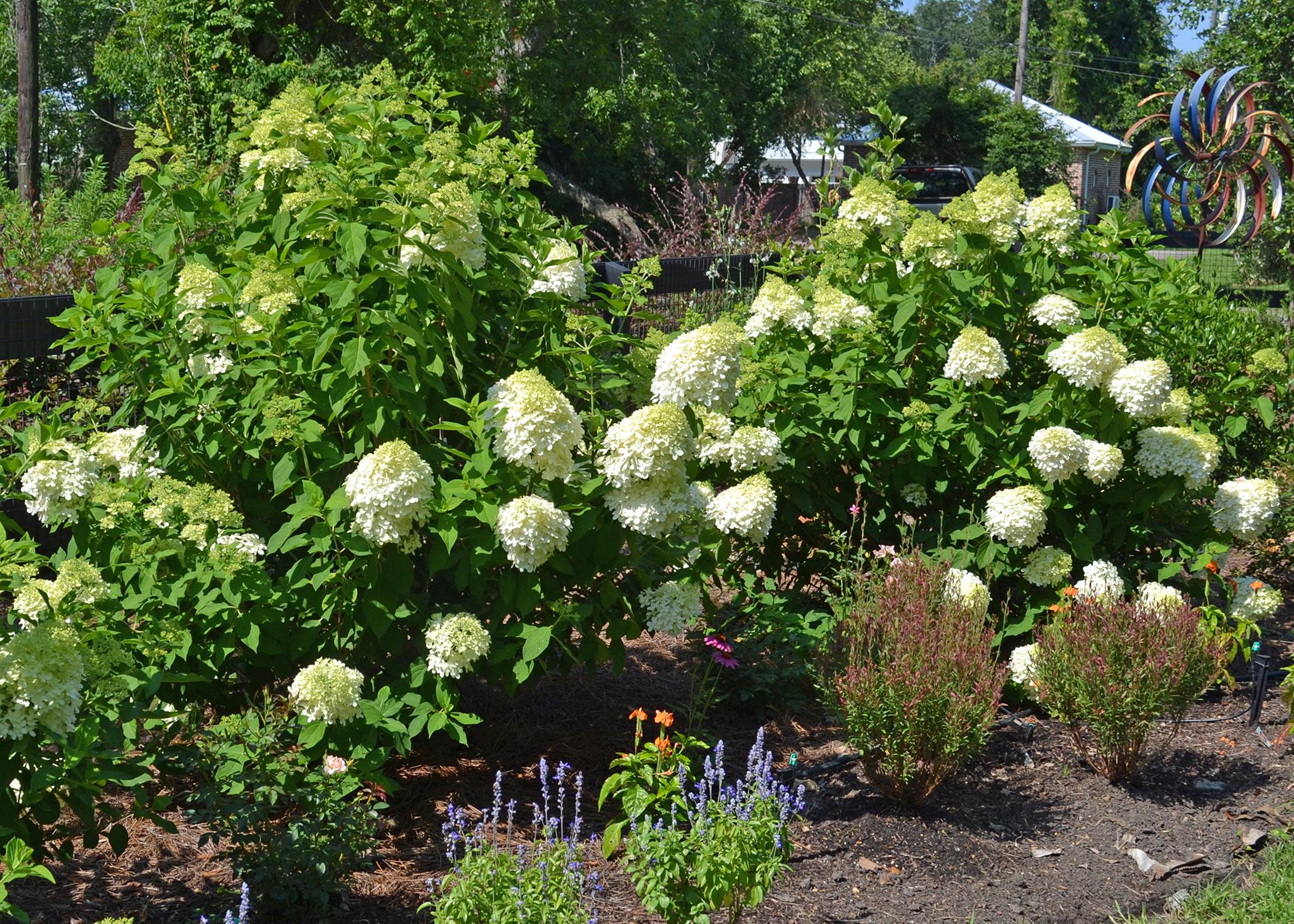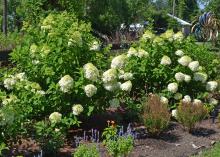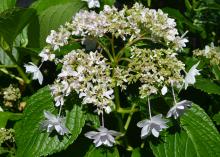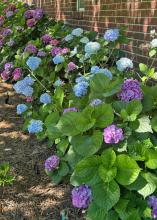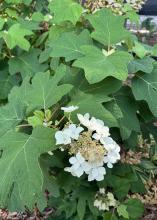Hydrangeas are strong additions to garden areas
Hydrangeas are one of my favorite plants to use in areas of my landscape that get part shade and full shade. This year, my hydrangeas have really put on a show with their colorful blooms.
One of the most popular and widely grown species, the bigleaf hydrangea, has always fascinated me with its ability to change color based on the soil pH and aluminum availability.
In my garden, I’ve noticed that the flowers turn a lovely blue or purple in soils with low pH. In less acidic soils, or those with a pH above 6, the flowers shift to a vibrant pink. This unique characteristic makes bigleaf hydrangeas a fun addition to my garden, as I can experiment with soil conditions to achieve the flower colors I love.
I recently visited the home of my friends, Dave Overturf and Ginger Wentz, on the Mississippi Gulf Coast and saw some beautiful hydrangeas in their garden covered with bright, colorful blooms.
Their lacecap hydrangeas are a delightful variety of bigleaf hydrangeas. This variety has flat, round flower heads with centers of fertile flowers surrounded by outer rings of sterile flowers.
The structure of these flowers resembles a fancy lace cap or pinwheel, adding intricacy to their garden. These hydrangeas are particularly striking in shaded areas, where their delicate blooms create a captivating focal point.
Another favorite of mine in my friends’ landscape was the Little Lime hydrangea, a popular dwarf variety of the Limelight hydrangea.
Its compact size is perfect for smaller garden areas, borders and containers. Little Lime typically grows to about 3 to 5 feet tall and wide, making it more manageable than its larger counterparts.
This panicle hydrangea thrives in full sun to partial shade and produces lush, lime-green flowers that gradually turn pink as they mature. This gives a continuous display of color throughout the growing season.
In a shaded corner of Dave and Ginger’s Long Beach landscape, I spotted an oakleaf hydrangea.
Native to Mississippi, this plant produces large, cone-shaped clusters of flowers that start out white and gradually turn pink as they age. The flowers bloom from late spring to early summer, offering a long-lasting display of beauty.
The deeply lobed leaves resemble oak leaves, which is where the plant gets its name. In the summer, the leaves are a rich green, turning to shades of red, orange and purple in the fall, adding seasonal interest to the landscape.
Most hydrangeas, especially bigleaf -- known scientifically as Hydrangea macrophylla -- and oakleaf -- Hydrangea quercifolia -- thrive best when they receive morning sun and afternoon shade. Too much direct sunlight, especially in the afternoon, can cause their leaves to wilt and blooms to fade.
Hydrangeas require consistent moisture, and this is most important during their first year as they establish root systems. Water deeply once or twice a week, depending on weather conditions. During hot, dry periods, they may need more frequent watering.
These plants grow best in soil that is rich in organic matter and that drains well. They do not like to sit in waterlogged soil, which can lead to root rot.
Hydrangeas are versatile and stunning plants. I encourage you to consider adding some to your landscape to enjoy their vibrant colors and unique characteristics throughout the year.

